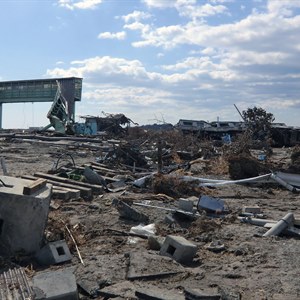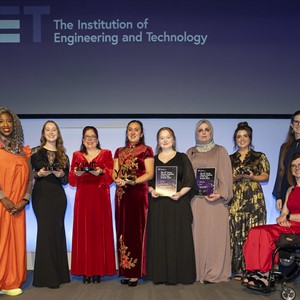From Fire Beacons to 5G: The Evolution of Telecom Infrastructure
On a crisp spring day at Savoy Place in London, enthusiasts and professionals from the telecommunications industry gathered to hear Professor Nigel Linge from Salford University deliver a captivating presentation on the often-overlooked yet vital structures that form the backbone of our communication networks: telecom towers, masts, and poles. Organised by volunteers from the IET London Friday Lunch Lecture committee, the event began with a warm welcome from the host, Roger Ward, who introduced Professor Linge as a distinguished figure in the field of telecommunications. "Nigel is an electronic engineer by profession," he noted, highlighting his extensive research interests, including 5G mobile location services, communication protocols, and network design. Professor Linge's passion for telecoms…





















